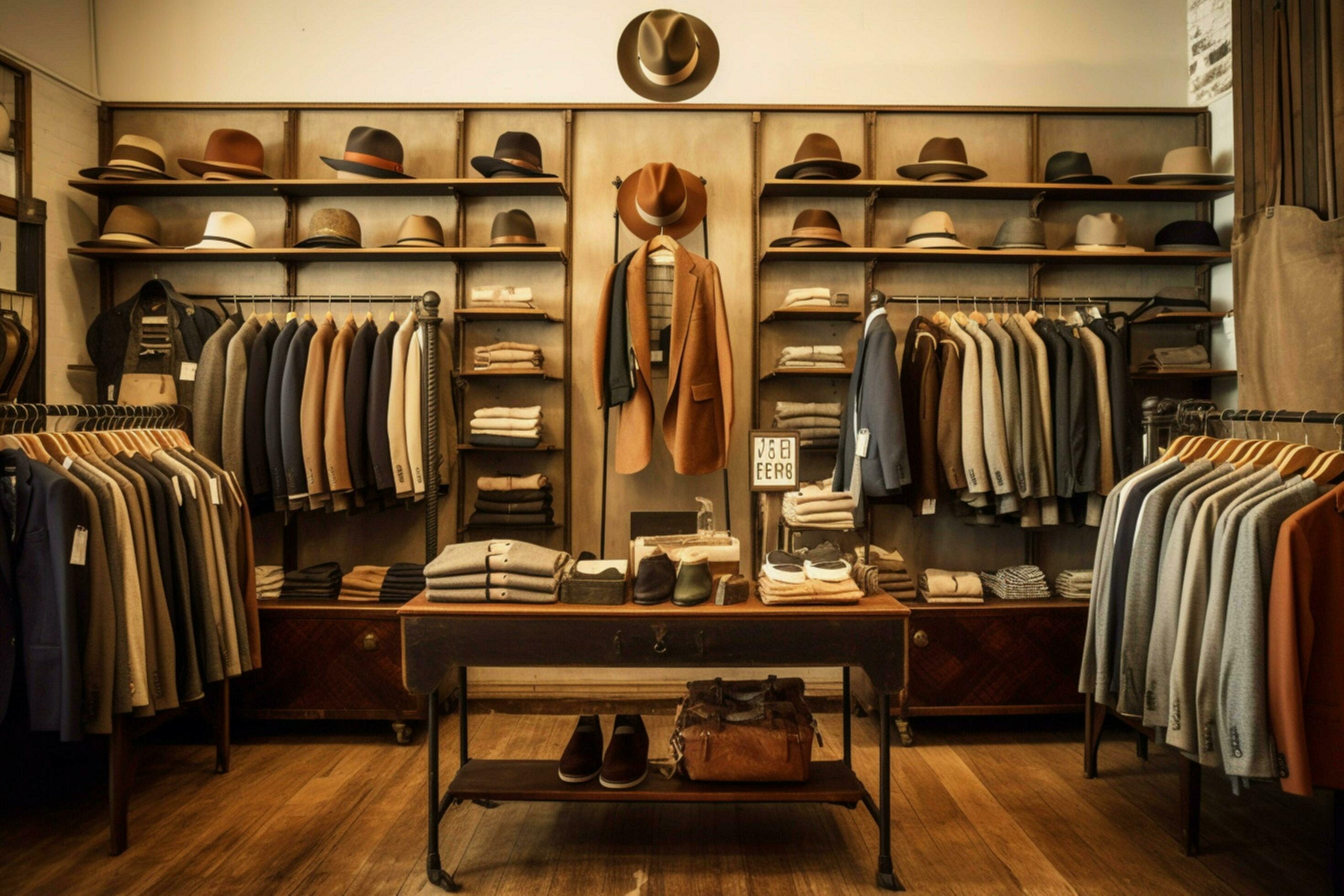The Impact of Social Media on Today's Boutique Fashion Trends
The Impact of Social Media on Today's Boutique Fashion Trends
Blog Article
A Deep Dive Into the World of High-Fashion Runways: Understanding Apparel as Art
Designers, a lot like skillful musicians, weave intricate narratives with fabric, type, and shade, redefining and challenging typical norms charm standards. As we discover these sartorial eyeglasses, we must consider: what duty does fashion play in forming societal values, and just how does it mirror the ever-changing tapestry of human emotion and identity?
The Advancement of Runway Reveals
The trajectory of runway shows has actually transformed significantly over the years, advancing from exclusive industry occasions to exciting eyeglasses that blend style with art. Typically, runway programs were intimate events, held in ateliers or small places, mostly participated in by customers and industry experts. These very early presentations concentrated on the garments' craftsmanship and commercial practicality, using a functional and direct display of seasonal collections.
As the fashion market expanded, the nature of runway shows began to change. The 1970s and 1980s noted a turning point, with developers looking for to identify themselves with more staged discussions.
Over the last few years, innovation and social networks have further reinvented runway programs, making them obtainable to a global target market. Livestreaming and digital systems have equalized fashion, permitting lovers worldwide to witness these events in real-time (boutique fashion). This advancement reflects a wider social change, where high-fashion runways serve as a vibrant junction of efficiency, design, and technology
Designers as Visionary Artists
Just how have developers transcended their roles to become visionary musicians? Developers in the high-fashion industry have actually blurred the lines between useful garment development and the conceptual world of art. This makeover is obvious in the method they approach their collections, not merely as apparel however as profound expressions of identification, culture, and feeling. By welcoming creative techniques such as sculpture, painting, and progressive setups, developers craft garments that challenge traditional style norms and raise them to art forms.
Visionary developers draw motivation from a myriad of resources, including abstract art, historical referrals, and personal narratives. They have an unique capability to envision and materialize ideas that press the borders of conventional fashion, often redefining aesthetic standards at the same time. This creative ingenuity is showcased with significant shapes, innovative materials, and complex workmanship, which welcome viewers to experience fashion as greater than just wearable products.
Additionally, the path works as a canvas for these artists, where lighting, music, and established design coalesce to create immersive experiences. These presentations are not just screens of apparel yet are orchestrated performances that evoke emotion and provoke thought, affirming the developer's function as a real artist in the contemporary cultural landscape.
Cultural Influences in vogue
Cultural tapestry weaves its elaborate patterns into the textile of fashion, influencing developers around the world. The dynamic interchange of cultural tales, customs, and symbols informs and motivates collections that elegance high-fashion runways.
The impact of culture on style is usually seen in the reinterpretation of typical garments and patterns. For example, using Japanese kimonos, Indian saris, or African prints in modern fashion mirrors a mix of cultural authenticity and contemporary looks. Designers such as Valentino's Pierpaolo Piccioli and Alexander McQueen's Sarah Burton have actually been known to include abundant cultural themes right into their couture collections, translating background right into wearable art.

Technology in Textile and Layout
Development in material and style constantly improves the landscape of high-fashion, Full Article pushing limits and redefining possibilities. In recent years, technological developments have considerably added to this development, introducing materials that test typical assumptions. Textiles embedded with clever fibers, qualified of altering color or controling temperature, are no much longer confined to the realm of science fiction. Developers are increasingly checking out the integration of technology, such as 3D printing, which permits for the production of intricate structures that were previously unimaginable.
In addition, sustainability has become a crucial style in fabric advancement. The fashion business is seeing a rise in the use of environmentally friendly products, stemmed from recycled plastics, natural fibers, Get the facts and even eco-friendly components. These technologies not only use new structures and visual appeals yet likewise address essential environmental problems. Developers are welcoming these products to craft garments that are both conscious and visually striking of their ecological footprint.
In regards to design, avant-garde shapes and speculative kinds are constantly changing the runway. By incorporating cutting-edge techniques and unusual materials, designers cultivate garments that blur the line between fashion and art, setting new requirements for creative thinking and expression in the high-fashion round.
Influence of Style on Culture
Style possesses an extensive impact on culture, acting as both a representation of social identification and a driver for social modification. With its development, style has mirrored social changes, enveloping the zeitgeist of different periods. The flapper gowns of the 1920s embodied a newfound feeling of females's liberation, while the strong prints of the 1960s echoed the innovative spirit of the time. High-fashion runways, in particular, work as systems for difficult norms and redefining beauty criteria. Developers use these venues to resolve pushing social problems, from sustainability to diversity, therefore shaping public discourse.
Moreover, style has the power to bridge cultural voids, fostering understanding and appreciation amongst diverse groups. As globalisation accelerates, the cross-cultural exchange of style concepts ends up being significantly considerable, advertising inclusivity and diversity. The surge of streetwear, stemming from urban subcultures, shows just how fashion can go beyond socio-economic boundaries, approving individuals a way of self-expression and empowerment.
In essence, fashion is not just about visual appeals; it is a vibrant force that affects worths, attitudes, and social progress (boutique fashion). By constantly connecting with social and social currents, style remains an indispensable part of the collective human experience

Conclusion
High-fashion paths function as vibrant sectors where clothing transcends functionality to become an expressive art form. Designers, similar to visionary artists, manage collections that mirror identification, feeling, and social stories, testing typical aesthetics. The fusion of innovative fabric and design, coupled with elaborate set designs, lighting, and songs, develops immersive experiences that commemorate multiculturalism. This crossway of fashion and artistry not just astounds target markets around the world however also influences social assumptions and advertises a deeper gratitude for social variety.

Social tapestry weaves its detailed patterns into the fabric of fashion, affecting developers globally.Fashion possesses an extensive impact on society, serving as both a representation of social identification and a catalyst for social change.
Report this page